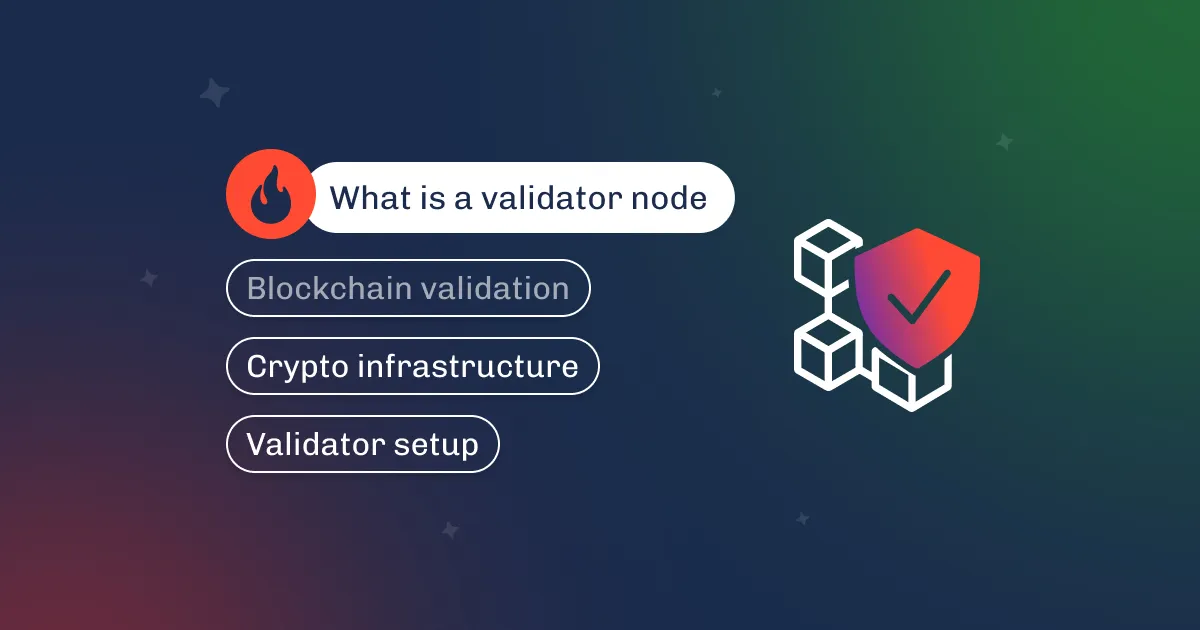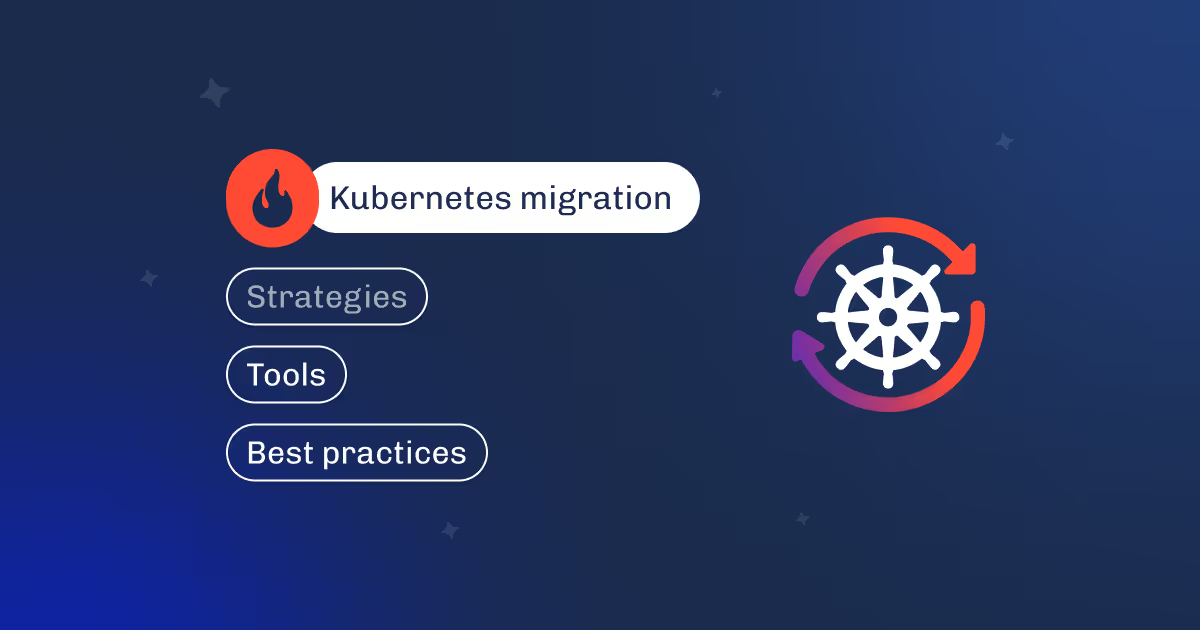

Imagine you’ve just trained a powerful machine learning model. After countless epochs, your metrics look great—92% accuracy, precision on point… But now what? Deploying it to production feels like navigating a maze of data versions, feature stores, and deployment scripts. Sound familiar? For many ML developers, this stage is where the real headache begins. One misstep, and your model could break, or worse, get lost in a sea of manual tweaks. And what happens when your data doubles overnight or you need to update the model by next week?
That’s where an MLOps pipeline comes in—like a trusty guide through the ML wilderness, taking you from raw data to a live model in production.

At Dysnix, we’ve seen firsthand how this approach rescues projects: automation slashes deployment time from days to hours, and a clear structure eliminates chaos from feature engineering and monitoring. In this article, we’ll walk you through building your own MLOps pipeline, step by step.
An MLOps pipeline is an automated, end-to-end workflow that orchestrates the development, deployment, and ongoing maintenance of machine learning models. Short for Machine Learning Operations, MLOps brings the principles of DevOps—automation, collaboration, and continuous improvement—to the world of ML. At its heart, an MLOps pipeline is like an assembly line for ML: it takes raw data as input, transforms it into a working model, and keeps that model running smoothly in production. By automating repetitive tasks and connecting each stage of the ML lifecycle, it ensures projects are efficient, scalable, and reproducible.
Imagine you’re baking a cake. You don’t just throw ingredients into the oven—you gather them, mix them properly, bake the batter, check if it tastes good, and serve it. If the recipe changes, you tweak it and bake again. An MLOps pipeline does the same for ML models: it gathers data, prepares it, trains a model, tests it, deploys it, and monitors it to ensure it doesn’t “go stale.” This automation is what makes MLOps pipelines a game-changer for teams handling complex, data-driven projects.
A typical MLOps pipeline consists of several interconnected stages. Here’s a short list of the core components:
| Data ingestion | Automatically pulling in data from sources like databases, APIs, or real-time streams |
| Data preparation | Cleaning and transforming raw data—think removing duplicates or filling in missing values—so it’s ready for training. |
| Model training | Feeding the prepared data into algorithms to build a model, often tweaking settings (hyperparameters) to get the best results. |
| Model evaluation | Testing the model with metrics like accuracy or F1 score to see if it’s good enough for the real world. |
| Model deployment | Rolling out the model to production, where it can make predictions via an app or API. |
| Monitoring | Monitor the model’s performance over time, catching issues like outdated predictions or shifting data patterns. |
These stages aren’t just steps—they’re a loop. When new data arrives or performance dips, the pipeline can kick off retraining and redeployment automatically.

Let’s see this in action with an e-commerce company running a product recommendation system.
Every day, their MLOps pipeline:
Without the pipeline, this process might take weeks of manual work. With it, it’s done in hours—or even minutes—keeping recommendations fresh and relevant.
In recent years, organizations have increasingly adopted MLOps practices to enhance their machine learning workflows.
According to a 2023 report by ClearML, companies implementing MLOps have achieved significant benefits, including improved collaboration, streamlined operationalization, and better monitoring and maintenance of ML models.
Netflix serves as a notable example of effective MLOps implementation. The company's machine learning team deploys models in both online and offline modes, allowing for rapid experimentation and continuous improvement. This approach enables Netflix to deliver personalized content recommendations to millions of users efficiently.
Furthermore, a 2023 Data Science survey from Rexer Analytics revealed that only 32% of machine learning projects successfully transition from pilot to production. This statistic underscores the challenges organizations face in operationalizing ML models and highlights the importance of robust MLOps strategies to improve deployment success rates.
For ML developers, MLOps pipelines solve a host of headaches. Without them, you’re stuck manually wrangling data, retraining models, and praying nothing breaks in production. With a pipeline, you get:
The complexity of ML—messy data, shifting patterns, scaling demands—makes pipelines essential. They turn a chaotic process into a predictable one, letting you focus on building better models instead of firefighting.

Below, we’ll walk through the key stages to build your own MLOps pipeline, inspired by real-world practices and lessons from the trenches. By the end, you’ll have a clear roadmap to take your ML projects from notebook experiments to production-ready systems.
"An MLOps pipeline transforms machine learning from isolated experiments into a self-sustaining system, where models evolve, adapt, and scale with the data." – Dysnix
Ready to build yours? Let’s chat!

As Dysnix puts it, “MLOps is not just a process—it’s your model’s safety net,” preventing performance degradation and operational chaos.
From data ingestion to continuous monitoring, each step in the pipeline reduces manual workload and accelerates deployment, so your team can focus on innovation rather than troubleshooting. Companies leveraging MLOps report faster time-to-market, better model accuracy, and smoother operations.
Need help optimizing your ML workflows? Dysnix can guide you through building a robust, automated MLOps pipeline tailored to your business. Let’s talk!






